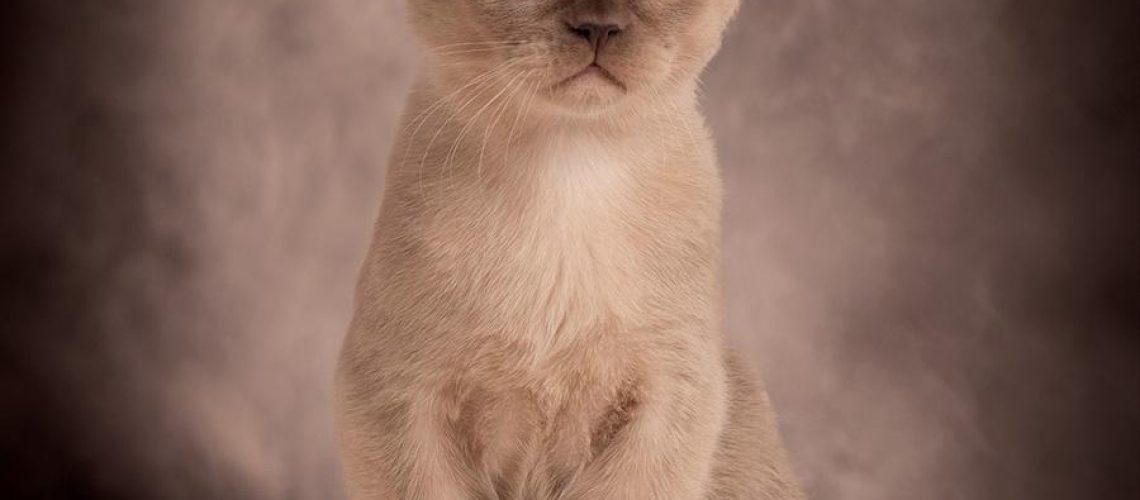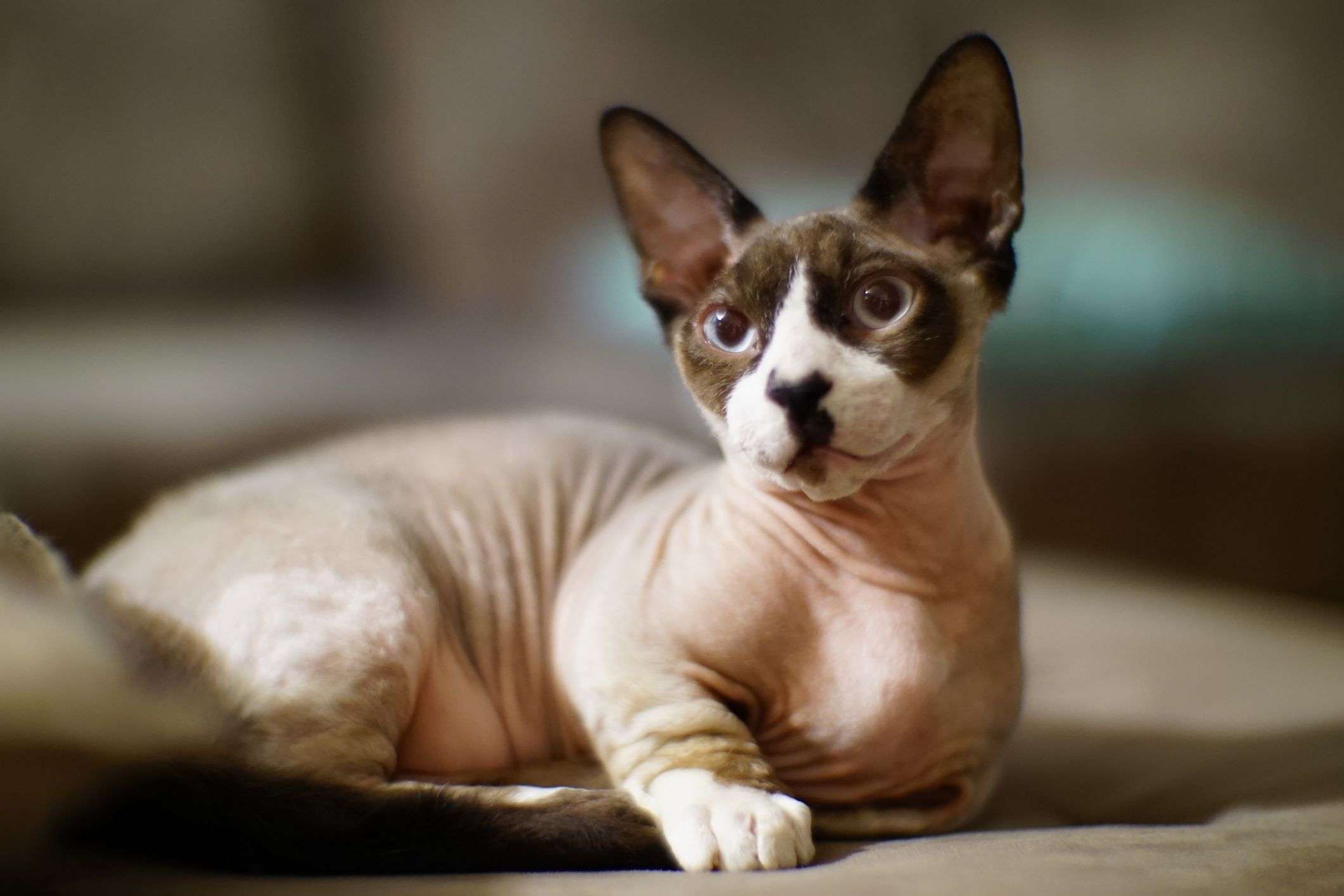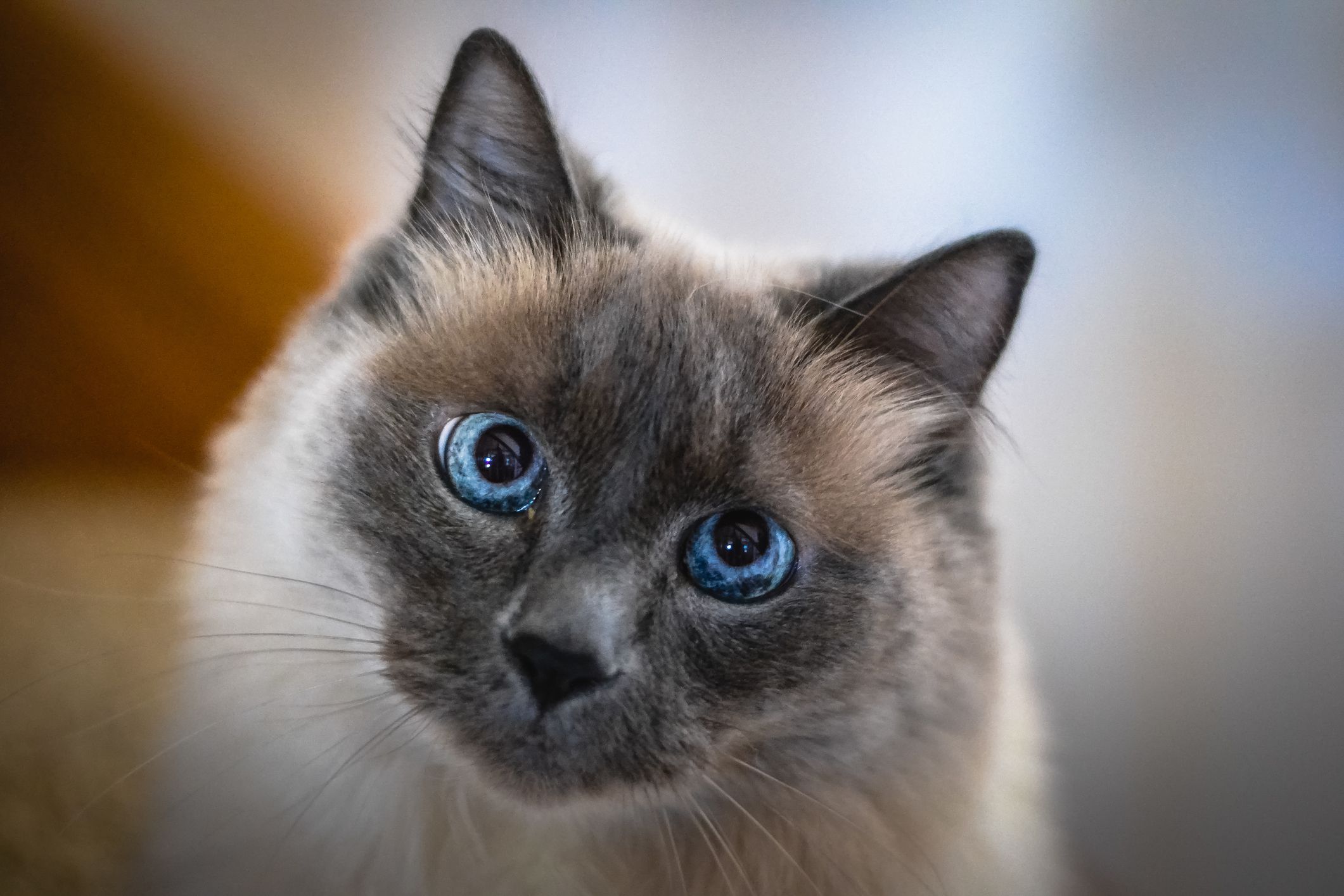Are you ready to embark on a journey into the world of feline enchantment? Prepare to be captivated by the shimmering beauty and irresistible charm of Burmilla cats. Whether you're a seasoned cat enthusiast or simply curious about these shimmering feline delights, understanding the world of Burmilla cats is essential for anyone seeking true feline bliss.
So let's dive in and discover why these mesmerizing creatures are truly the epitome of feline fascination!
Key Takeaways:
- Burmilla cats are known for their stunning shimmering coats, which make them stand out among other feline breeds.
- They have a playful and affectionate nature, making them great companions for families and individuals alike.
- Burmilla cats are intelligent and curious, enjoying interactive toys and games to keep them mentally stimulated.
- They are generally healthy cats with few breed-specific health issues, but regular vet check-ups are still important to ensure their well-being.
- Due to their social nature, Burmilla cats may not do well when left alone for long periods of time and thrive in households where they receive plenty of attention and interaction.
What is a Burmilla cat?
The Burmilla cat breed
The Burmilla cat is a medium-sized breed known for its striking appearance and friendly personality. These cats have a short, dense coat that comes in various colors, including silver, black, chocolate, and blue. They have round faces with expressive eyes and small ears.
Burmilla cats are known for their playful and affectionate nature. They enjoy being around people and are often described as social butterflies. They make great companions for individuals or families looking for an interactive and loving pet.
Origin of the Burmilla cat breed
An accidental crossbreeding
The Burmilla cat breed originated in the United Kingdom in the 1980s through an accidental crossbreeding between a Chinchilla Persian and a Burmese cat. The resulting kittens had a unique combination of characteristics from both parent breeds, leading to the development of the Burmilla breed.
This crossbreeding was initially unplanned but caught the attention of breeders who saw potential in these beautiful cats. They began selectively breeding them to establish a consistent standard for the new breed.
The story behind the creation of the Burmilla cat breed
A stroke of luck
The creation of the Burmilla cat breed is often attributed to chance. In 1981, a breeder named Miranda von Kirchberg discovered that one of her Chinchilla Persian queens had mated with her neighbor's lilac Burmese male. This unexpected union resulted in four kittens with stunning silver coats.
Von Kirchberg recognized the beauty and charm of these kittens and decided to develop them into a new breed. She named them "Burmilla" to honor both parent breeds. With the help of other breeders, she established a breeding program to further refine and promote the Burmilla cat.

Physical features of a Burmilla cat
Elegant and striking appearance
The Burmilla cat is known for its elegant and striking appearance. They have a medium-sized body with well-developed muscles, giving them a sturdy yet graceful presence. Their coat is short, silky, and dense, which requires minimal grooming.
One of the most distinctive features of a Burmilla cat is their eye color. Their eyes can be green or amber, depending on their coat color. This adds to their overall charm and often captivates anyone who gazes into their expressive eyes.
Burmilla cats and their behavior with owners
Affectionate and sociable companions
Burmilla cats are known for their affectionate nature and love being around their owners. They enjoy cuddling, sitting on laps, and being involved in daily activities. These cats form strong bonds with their human companions and are often described as loyal and devoted pets.
They are also highly sociable cats that get along well with people of all ages. Whether it's playing games or simply lounging together, Burmilla cats thrive on interaction and attention from their owners.
Burmilla cats' compatibility with children and other pets
A friendly demeanor towards children
Burmilla cats generally have a friendly demeanor towards children. They are patient and tolerant, making them suitable companions for families with kids. However, it's important to teach children how to handle cats gently to ensure a harmonious relationship between them.
Tips for introducing a Burmilla cat to other pets:
- Gradually introduce the Burmilla cat to other pets in a controlled environment.
- Provide separate spaces and resources for each pet to avoid potential conflicts.
- Supervise initial interactions and reward positive behavior from both the Burmilla cat and other pets.
Grooming and care for Burmilla cats
Low-maintenance grooming routine
Burmilla cats have a short coat that requires minimal grooming. Weekly brushing is usually sufficient to keep their fur looking sleek and healthy. They shed moderately, so regular brushing helps remove loose hair and prevents matting.
In addition to grooming, it's important to provide proper nutrition, regular veterinary check-ups, and plenty of mental and physical stimulation for your Burmilla cat. This includes interactive playtime, scratching posts, and toys to keep them mentally stimulated and physically active.
Health concerns specific to Burmilla cats
A generally healthy breed
Burmilla cats are generally considered a healthy breed with no specific health concerns. However, like all cats, they may be prone to certain genetic conditions such as hypertrophic cardiomyopathy (a heart disease) or polycystic kidney disease. Regular veterinary check-ups can help detect any potential health issues early on.
To ensure the overall well-being of your Burmilla cat, it's essential to provide a balanced diet, maintain good hygiene practices (such as regular litter box cleaning), and monitor their behavior and appetite for any changes that may indicate health problems.
In conclusion, Burmilla cats are a delightful breed known for their shimmering coats and friendly personalities. With their unique combination of Burmese and Chinchilla genes, these felines make wonderful companions for cat lovers of all ages.
How rare is a Burmilla cat?
Burmilla cats are not very common, so it is likely that you have never encountered one before. But if you do happen to meet one of these delightful cats, don't be surprised if they quickly win your heart with their affectionate nature.
What are the health problems with Burmilla cats?
According to Venator, as Burmilla cats get older, they are prone to developing polycystic kidney disease. This condition can result in the formation of cysts in their kidneys, which frequently leads to renal failure.
Are Burmilla cats affectionate?
The personality of a Burmilla cat is a perfect blend of independence, affection, mischief, and relaxation. Generally, Burmilla cats are gentle and loving, although they can also be playful when they're not busy lounging around.
Are Burmilla cats good pets?
The Burmilla is a wonderful choice for a family pet, as it enjoys interacting and playing but can also entertain itself. However, like all cats, it is important for children to be old enough to understand and respect their boundaries. This breed is more suited for a calm and relaxed household rather than a loud and busy one.
What is the 1 rarest cat in the world?
The Sosoke cat is considered the most uncommon cat on the planet. It is not a breed created by humans, but rather a naturally occurring small wildcat that is only found in the Arabuko-Sokoke Forest Preserve in Kenya, Africa.
What is the lifespan of a Burmilla?
The expected lifespan of this product is between 7 and 12 years.

















